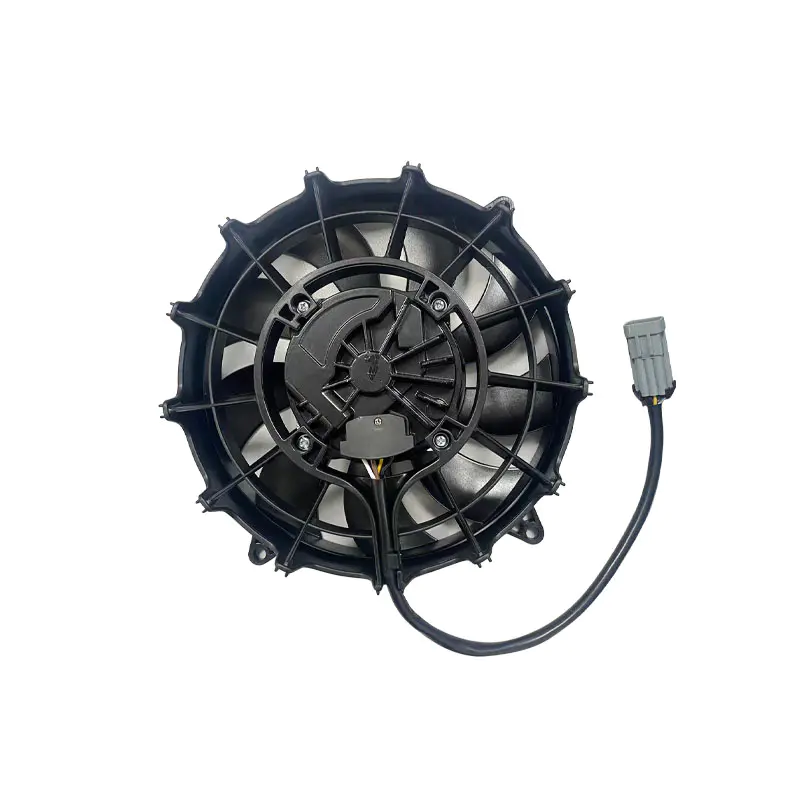Liên hệ với chúng tôi
Địa chỉ email của bạn sẽ không được công bố. Các trường bắt buộc được đánh dấu *
Quạt lưu lượng trục không chổi hơn dc hiệu que
Sep 25, 2025Nâng cao hiệu quả lÀm mát: vai trò của que
Sep 18, 2025Hiệu suất luồng không khí cao ĐịNH ngh
Sep 11, 2025IP68 DC Motors: Xác
Sep 04, 2025Tại Sao quạt trục Không chổi hơn là sự lựa chọn Cho thang gió vào
Jul 31, 2025Quạt ly tâm nghiênng về phía trước ec: hiệu que
Aug 29, 2025Quạt ly tâm không chổi hơn dc: hướng dẫn toàn diện về lựa ch
Aug 20, 2025Quạt dengng chảy trục không chổi hơn dc: hướng dẫn toàn di
Aug 11, 2025Quạt ly tâm dc ô tô dc: hướng dẫn toàn di
Aug 04, 2025Động cơ quạt làm mát DC: Người điều khiển cốt lõi của sự tản nhiệt hiệu quả
Jul 24, 2025Bí ẩn điện từ của máy thổi và nhiều thực hành ứng dụng của nó
Jul 17, 2025Làm thế nào để động cơ quạt bay hơi đạt được làm mát hiệu quả và đáng tin cậy?
Jul 08, 2025
With the increasing global awareness of environmental protection and the transformation of energy structure, new energy vehicles are gradually becoming the mainstream trend in the automotive industry. In this context, DC Axial Fans, as a key heat dissipation component, have ushered in new application opportunities in the field of new energy vehicles, especially in motor cooling.
Heat dissipation requirements for new energy vehicle motors
One of the core components of new energy vehicles is the motor, which is responsible for converting electrical energy into mechanical energy to drive the vehicle forward. However, the motor generates a lot of heat during operation. If this heat is not dissipated in time, it will cause the motor temperature to rise, thereby affecting its performance and life. Therefore, effective heat dissipation measures are essential for the stable operation of new energy vehicle motors.
Application of DC Axial Fans in Motor Cooling
DC Axial Fans play an important role in the cooling of new energy vehicle motors with their advantages of high efficiency, energy saving and low noise. They generate a stable airflow to take away the heat generated by the motor, thereby reducing the temperature of the motor and ensuring its normal operation.
Efficient heat dissipation: DC Axial Fans adopt advanced aerodynamic design, which can generate sufficient airflow with low energy consumption to quickly take away the heat from the motor surface. This efficient heat dissipation method helps to extend the service life of the motor and improve the overall performance of new energy vehicles.
Energy saving and emission reduction: The core concept of new energy vehicles is environmental protection and energy saving. DC Axial Fans, with their low power consumption and high efficiency, meet the energy-saving requirements of new energy vehicles. By reducing energy consumption, they indirectly reduce the carbon emissions of new energy vehicles and help achieve green travel.
Noise control: New energy vehicles need to maintain a low noise level during driving to improve the comfort of the driver. DC Axial Fans adopt a low-noise design, which can reduce noise pollution while ensuring the heat dissipation effect, providing drivers with a quieter driving environment.
New opportunities for DC Axial Fans in the field of new energy vehicles
With the continuous advancement of new energy vehicle technology and the expansion of the market, the application of DC Axial Fans in the field of new energy vehicles will also usher in more opportunities.
Innovation in motor technology: The continuous innovation and upgrading of new energy vehicle motors have put higher and higher requirements on the heat dissipation system. As a key component of the heat dissipation system, DC Axial Fans need to constantly adapt to the development of motor technology and improve heat dissipation efficiency and performance.
Synergy of battery pack cooling: The battery pack of new energy vehicles also requires effective heat dissipation measures. DC Axial Fans can work with the battery pack cooling system to jointly ensure the normal operation of key components of new energy vehicles. This synergy will further enhance the overall performance and reliability of new energy vehicles.
Intelligence and automation: With the continuous development of intelligent and automated technologies, the cooling system of new energy vehicles will also become more intelligent and automated. DC Axial Fans can achieve real-time monitoring and adjustment of cooling effects through connection with sensors, controllers and other devices, and improve the intelligence level of new energy vehicles.
The rapid development of new energy vehicles has provided new application opportunities for DC Axial Fans. In terms of motor cooling, DC Axial Fans play an irreplaceable role with its advantages of high efficiency, energy saving and low noise. In the future, with the continuous advancement of new energy vehicle technology and the expansion of the market, the application of DC Axial Fans in the field of new energy vehicles will be more extensive and in-depth. At the same time, we also look forward to DC Axial Fans to continue to innovate and upgrade, and contribute more to the development of new energy vehicles.

Địa chỉ email của bạn sẽ không được công bố. Các trường bắt buộc được đánh dấu *
Chiết Giang Nicety Electric Machinery Co., Ltd. chuyên sản xuất bốn dòng sản phẩm: quạt điện tử ngưng tụ, quạt tản nhiệt (bình nước), quạt gió và cụm điều hòa không khí. Sản xuất chuyên nghiệp quạt hướng trục ô tô DC thương hiệu Mỹ, Châu Âu, Nhật Bản, Hàn Quốc Và Nội Địa.
Email: [email protected] / huệ@zjnem.com
Tel: +86-0578-7125439 / +86 181 0658 9231
Address:Số 98, đường Quảng Đại, Khu công nghiệp Kim Sa, thành phố Long Tuyền, tỉnh Chiết Giang, Trung Quốc